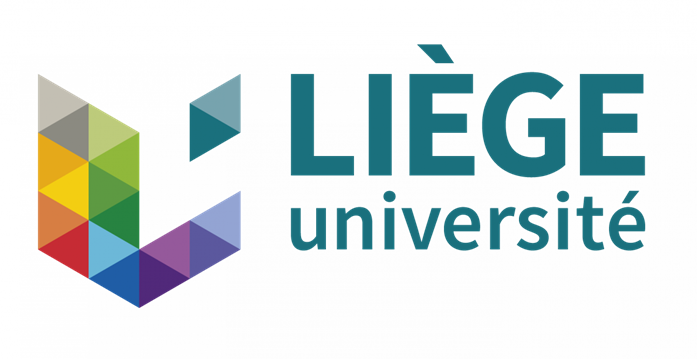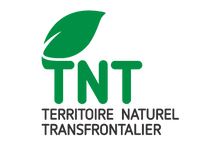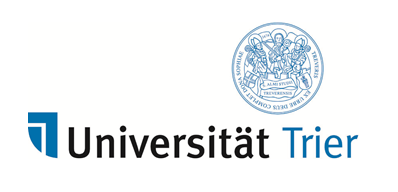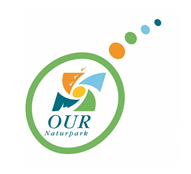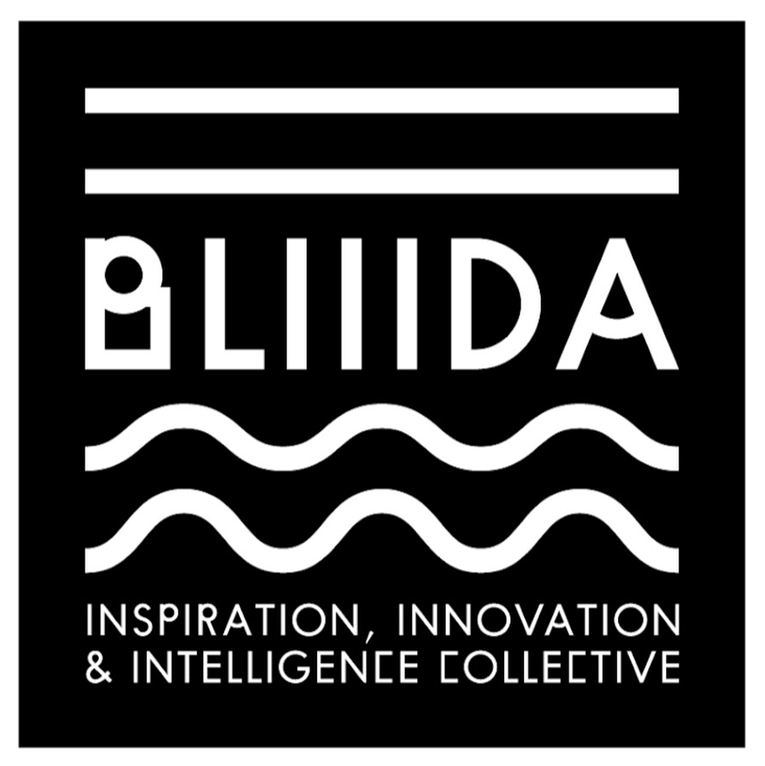Reinhold Hill studied Geography at the University of Marburg with minor subjects Scientific Nature Conservation and Regional culture (University of Gießen). As a research assistant, he worked six years at research center Vogelwarte Helgoland in the bird migration group with Dr. Ommo Hüppop and played a key role in several scientific projects on bird migration in the area of conflict with offshore wind energy.

Avitec Research GbR Katrin & Reinhold Hill, founded in 2008, is based in Osterholz-Scharmbeck near Bremen and mainly offers services in the field of scientific and technical bird migration research. In this context, reports, research projects and installations of remote sensing equipment for recording bird and bat migration as well as data evaluations are conducted.
You investigated the impact of artificial lights on off-shore wind turbines on birds that migrate during the night. What are the main findings of your study ?
It has been known for a long time, e.g. from light houses, that anthropogenic light emission attracts nocturnally migrating birds. With a growing industrialisation of the marine areas thus also the collision risk of nocturnal migrants with artificial offshore structures illuminated at night, such as drilling platforms or wind turbines, increases.
In our study we measured the number of nocturnally migrating passerines close to a light source, when exposed to different light colours, light intensities and blinking versus continuous light. No light variant was constantly avoided by passerines crossing the sea at night. Light intensity did not play a role; neither did colour when blinking light was applied. The number of attracted birds did not differ between darkness and blinking light. However, more birds were attracted to continuous than to blinking light under overcast conditions, where stars were not visible. The only exception was red continuous light that did not differ from blinking red light. Furthermore, red continuous light attracted less birds than green, blue and white continuous light in overcast situations.
Are there other specific effects on birds’ behaviour that you want to highlight ?
The main focus of our research are the effects of artificial light on nocturnally migrating birds over sea. These are either attraction to artificial light sources and thus potential collision or avoidance of certain areas and thus potentially longer flight distances.
Nevertheless, there are many other effects on birds’ behaviour. For example, continuous night-time lighting can also influence the reproductive behaviour of some songbird species. The birds sing earlier and sometimes lay their eggs earlier. This can lead to negative effects on mate choice and foraging for the offspring and thus influence the probability of survival.
Where do you see particular opportunities to minimize negative impacts on birds by artificial lighting ?
The relationships described show that the use of lighting in the offshore area should be minimised to protect migratory birds. If an illumination is required, blinking light is preferable to continuous light, and if continuous light is needed, it should be red.
In Germany, the Renewable Energy Act 2017 (EEG) prescribes the use of an automatic Aircraft Detection Light System for wind turbines also at sea from July 2021. The red obstacle marking for air traffic will then only be switched on when an aircraft approaches. This is a step in the right direction. For shipping traffic, however, yellow permanent lighting of the lower mast of the wind turbines is additionally used in offshore wind farms, at least in Germany.
Generally, and beyond the topic wind turbines, it would be good for our nature to minimize light during the night. Motion detectors and other technical solutions should be increasingly used to reduce permanently lit lamps at night to the duration actually required.

